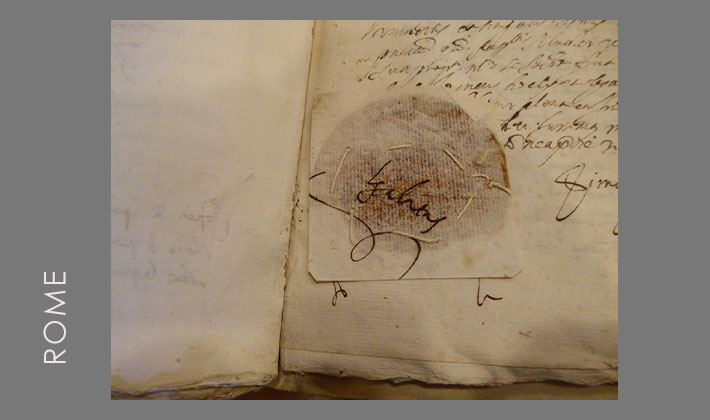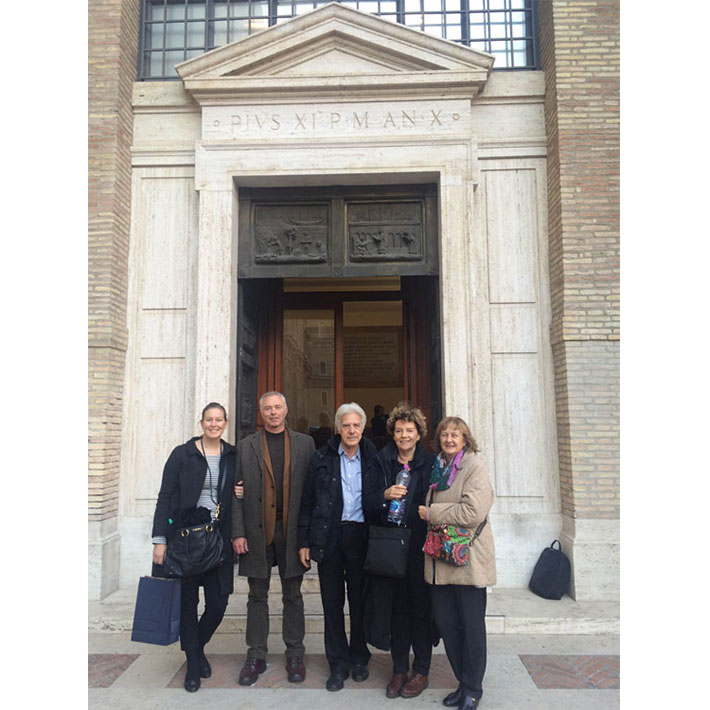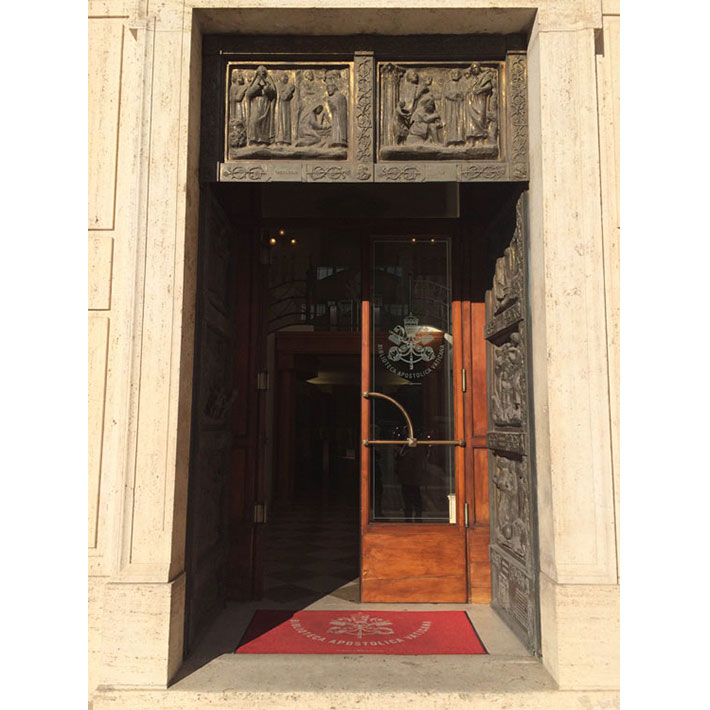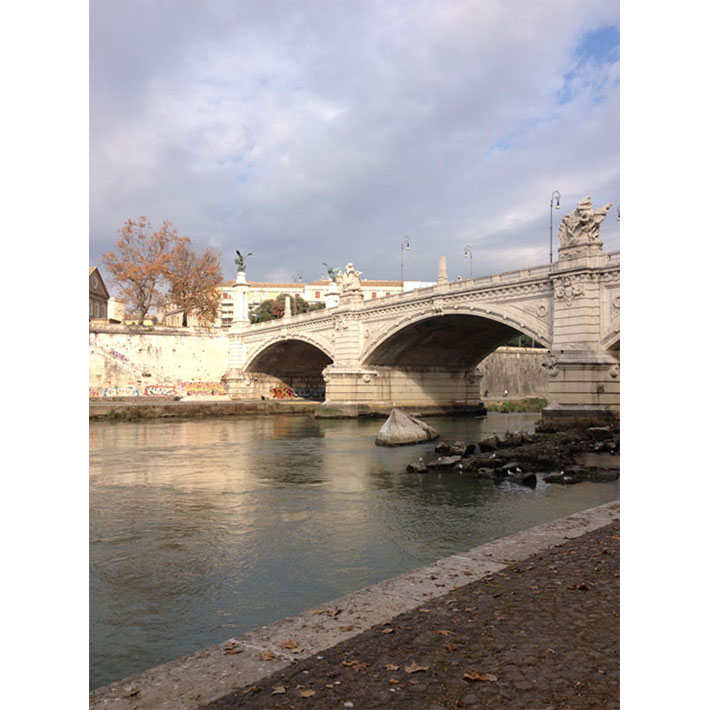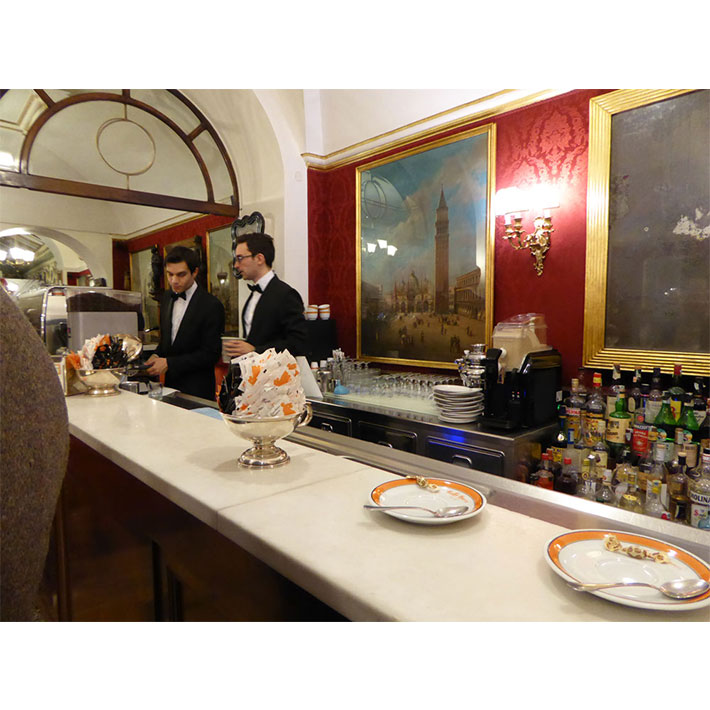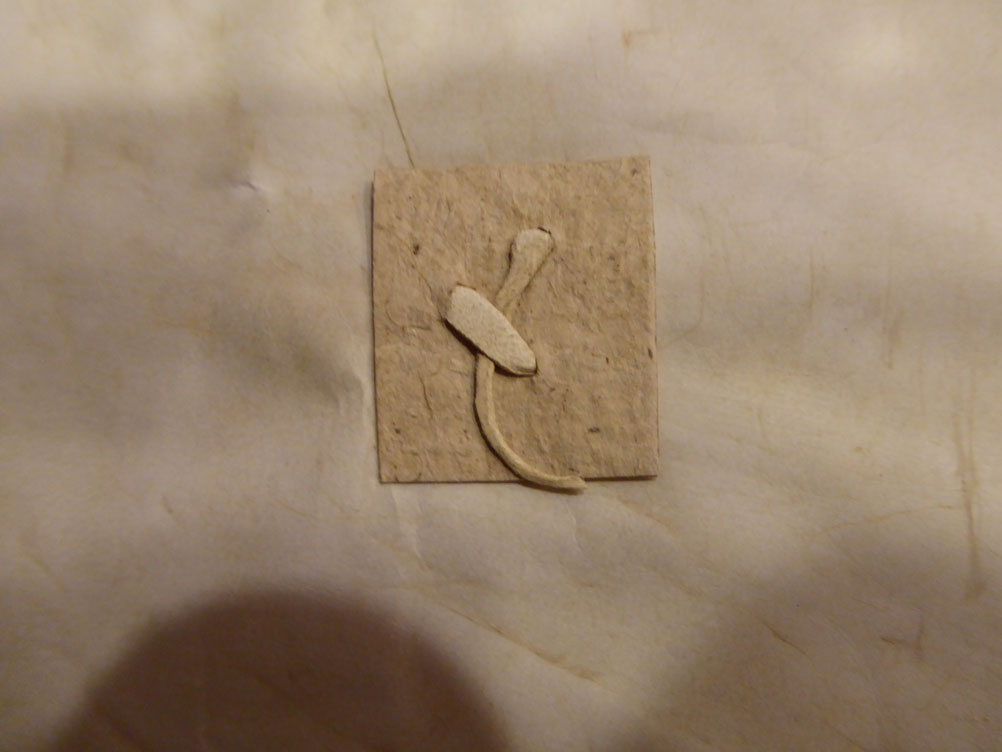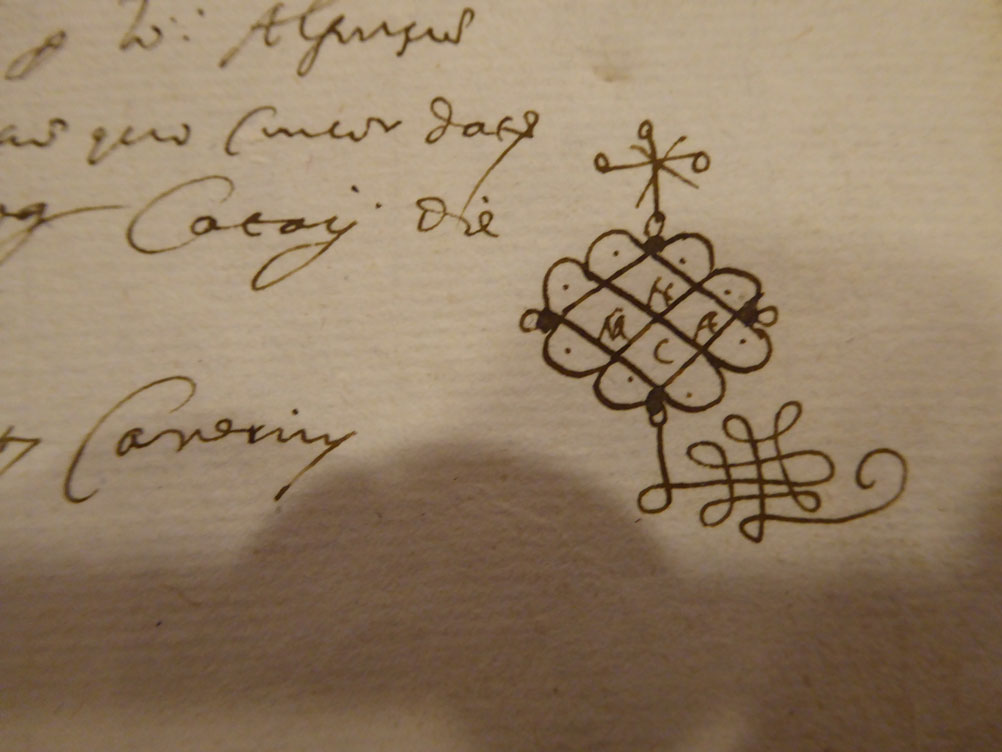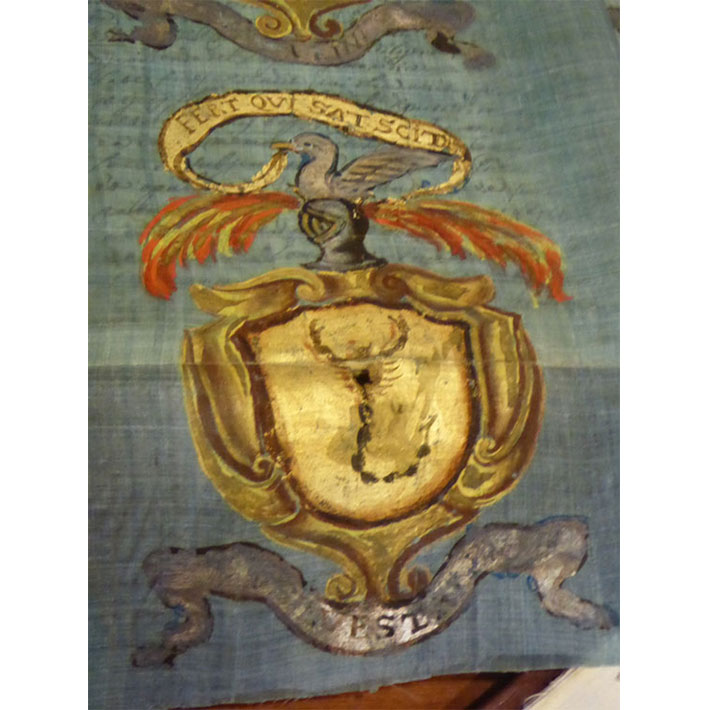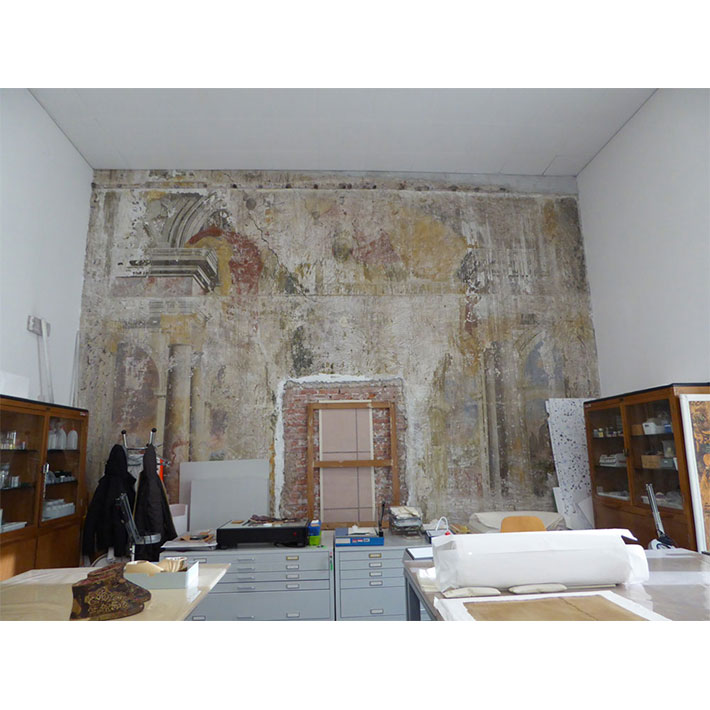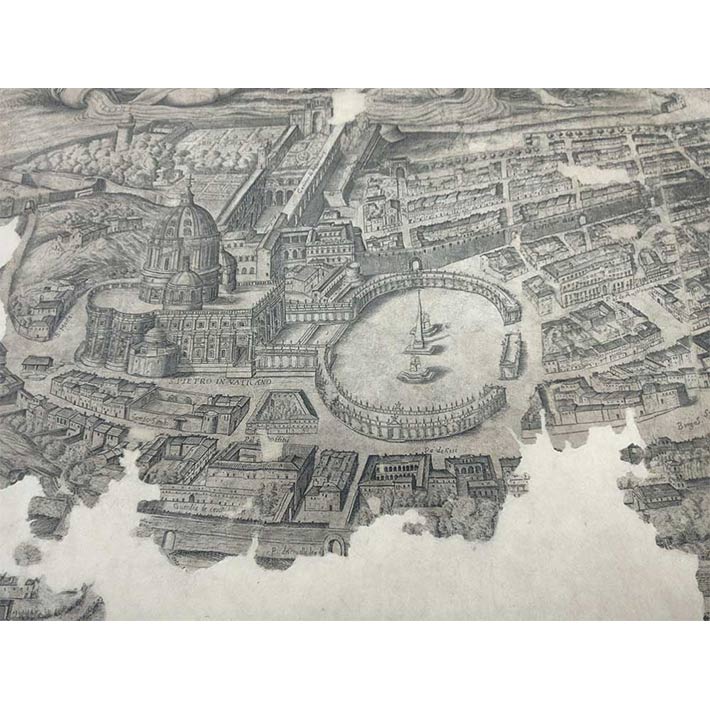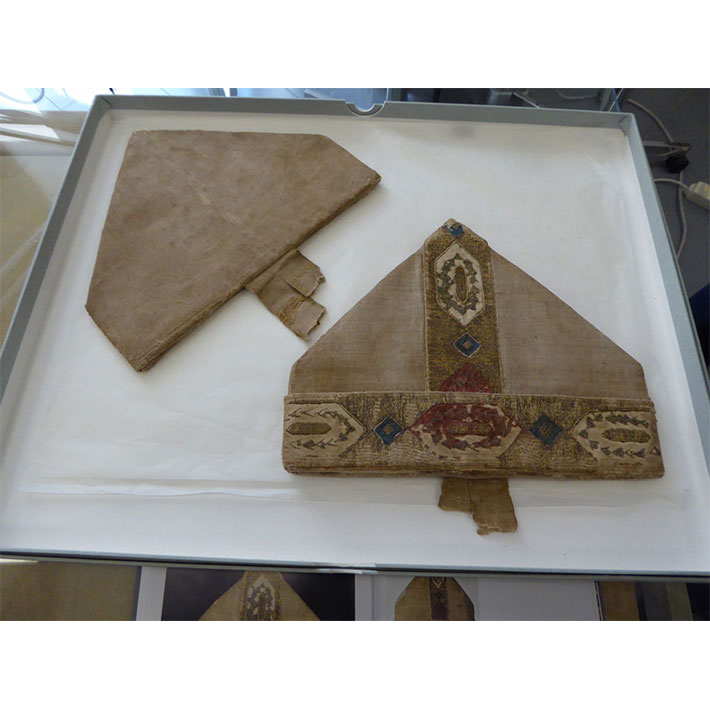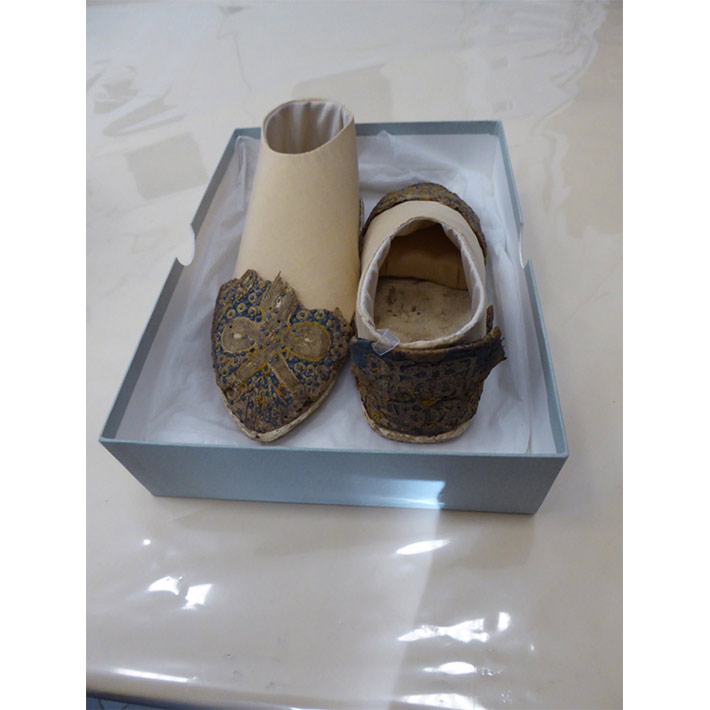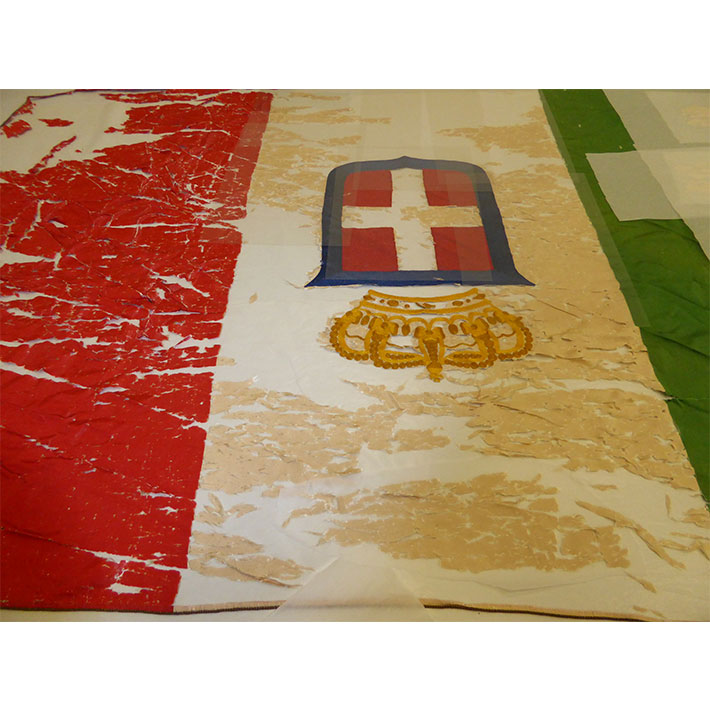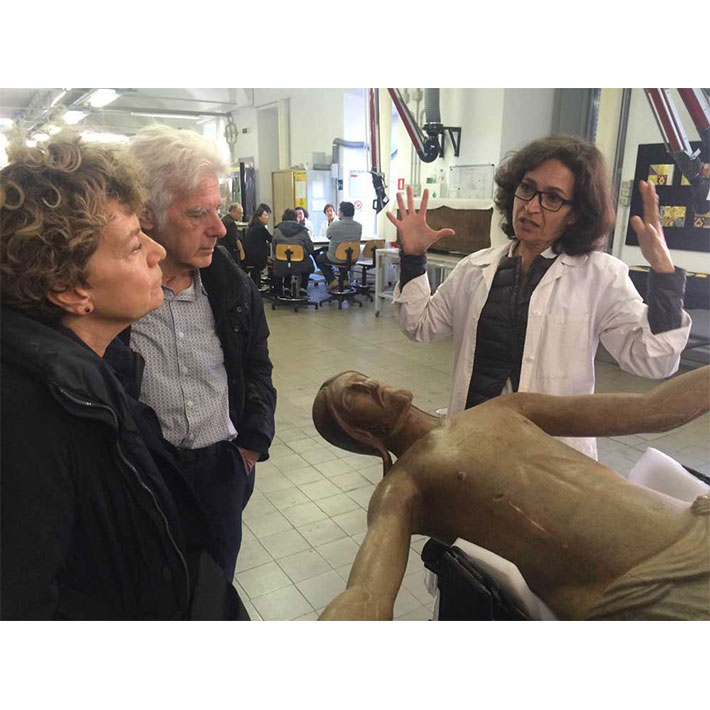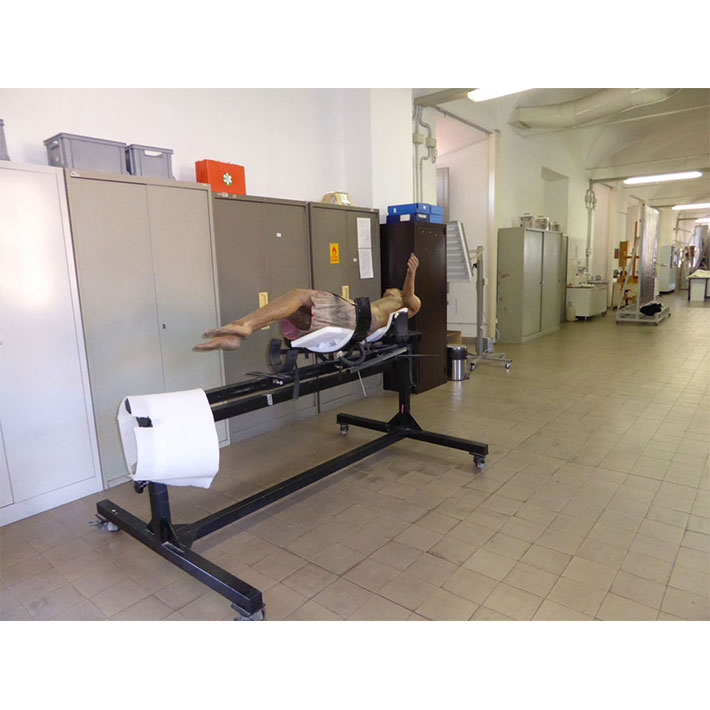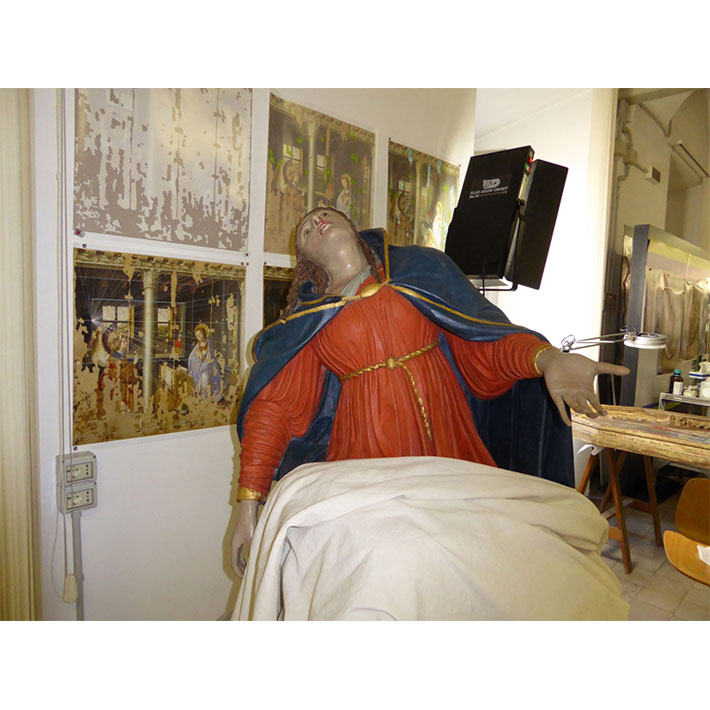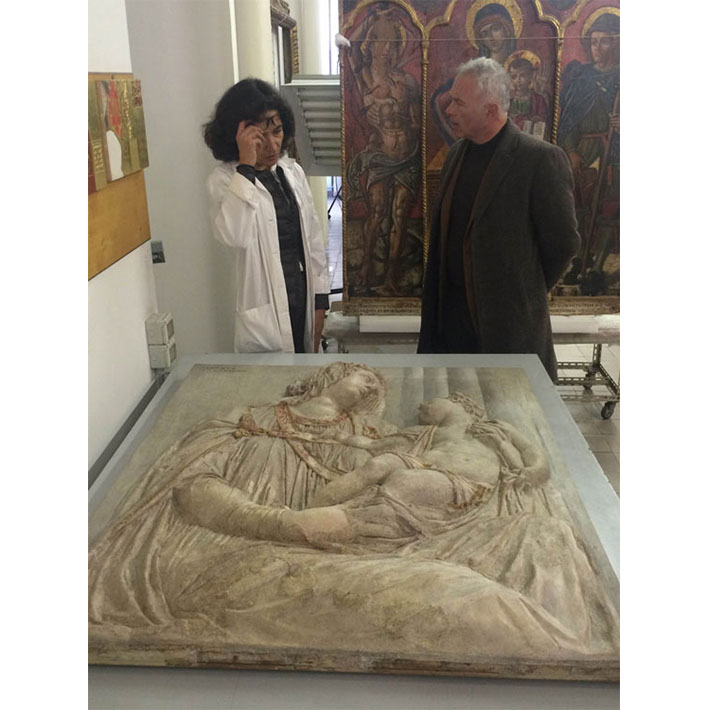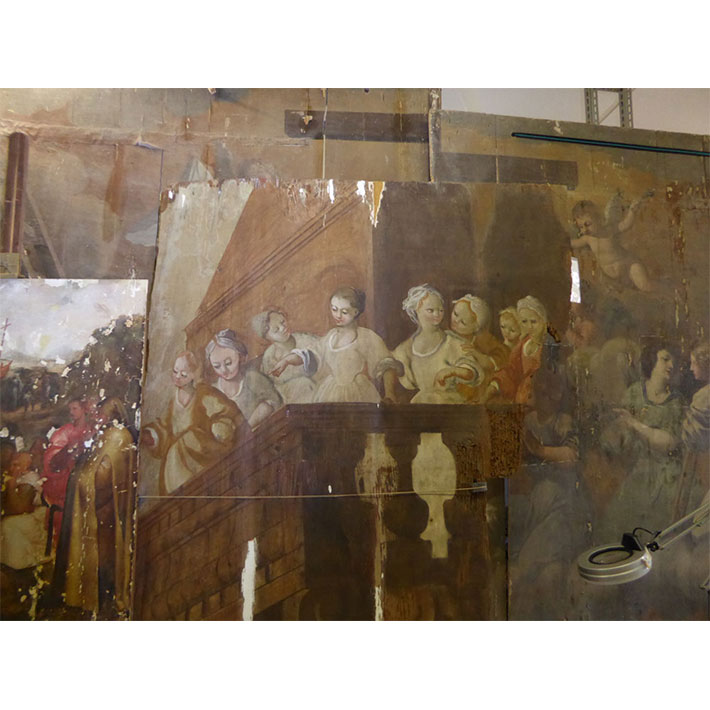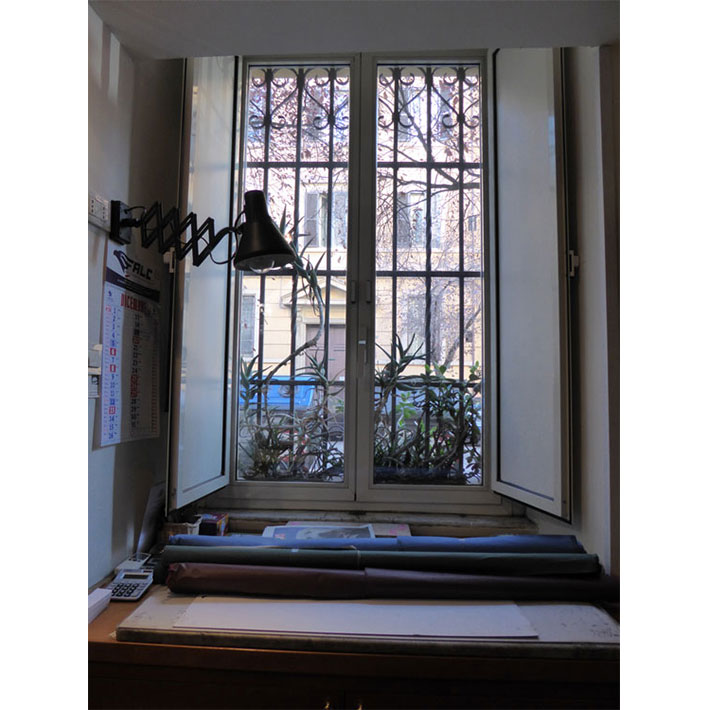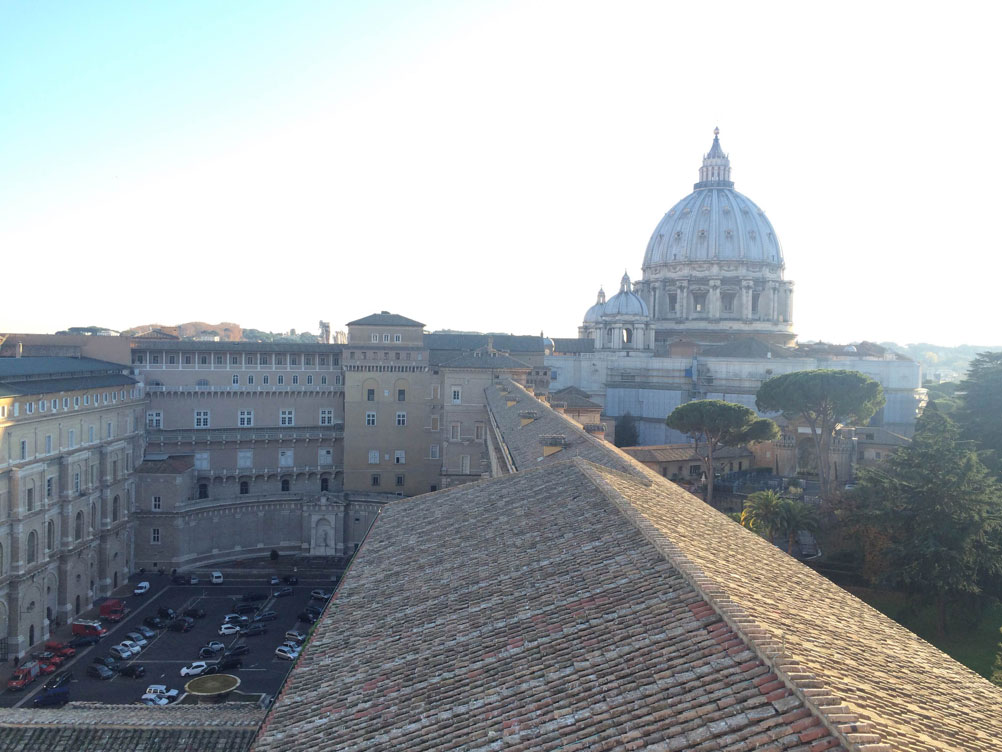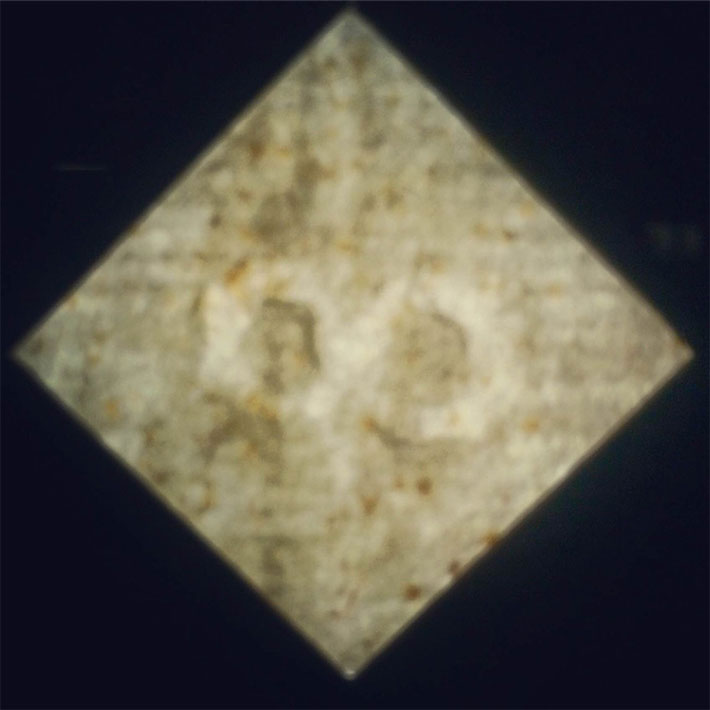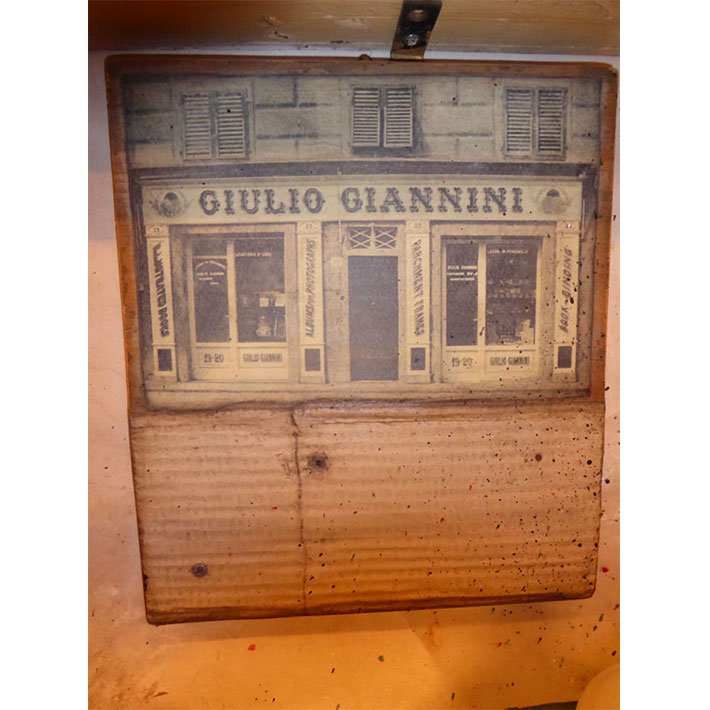Monday, December 7
Arrival in Rome, Cecilia by car, the others by air.
Where we lived in Rome:
Via dei Banchi Nuovi 34, Roma,
opposite the Vatican, near the Ponte di Castello del Angelo, in walking distance of the Piazza Navona.
Very beautiful old house on the first floor with enormously high ceilings.
More than enough space for the four of us.
No entrance for cars of non-inhabitants in the neighborhood, the car went into a parking garage,
rather far away. The attendants who move your car are real masters in moving cars in and out of the
smallest spaces.
Tuesday, December 8
Walked along the Tiber passing the Isola Tiberina with the Jewish hospital, very quiet you feel
yourself outside the city.
Colosseum, too many tourists. But we did get the Temple of Vesta in our sights.
